Car Rental in Riga

Cheapest car rental rates
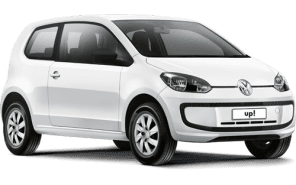



















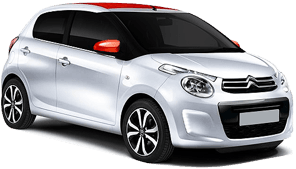





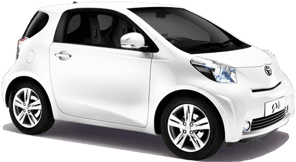

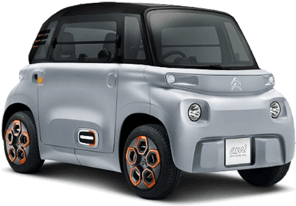

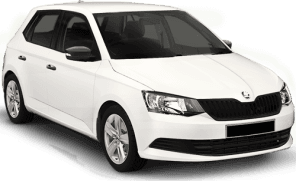































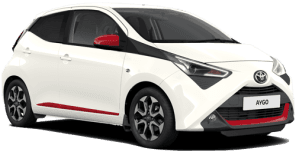





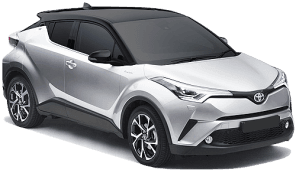















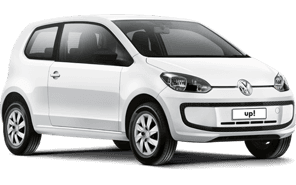















Why book with us?




- Cheapest car rental rates
- Why book with us?
- Travel information
- Why rent a car in Riga?
- One-way car rentals in Riga
- Top ways to enter Riga
- City facts
- Top sights and activities
- Traffic and parking
- Toll roads
- Ideas for day trips
- Most popular cars
- Further destinations
- Car rental prices in Riga
- Money-saving and other tips
- Top 2 cities near Riga
- Top 3 locations near Riga
- Map of top car rental locations
- When to book in Riga and for how long?
- Car rental information
- Most popular car models of rental suppliers
- Here's what travelers say about renting a car in Riga
- Car rental statistics
- Top 25 suppliers in Riga in 2025
- Award-winning service
Travel information
Why rent a car in Riga?
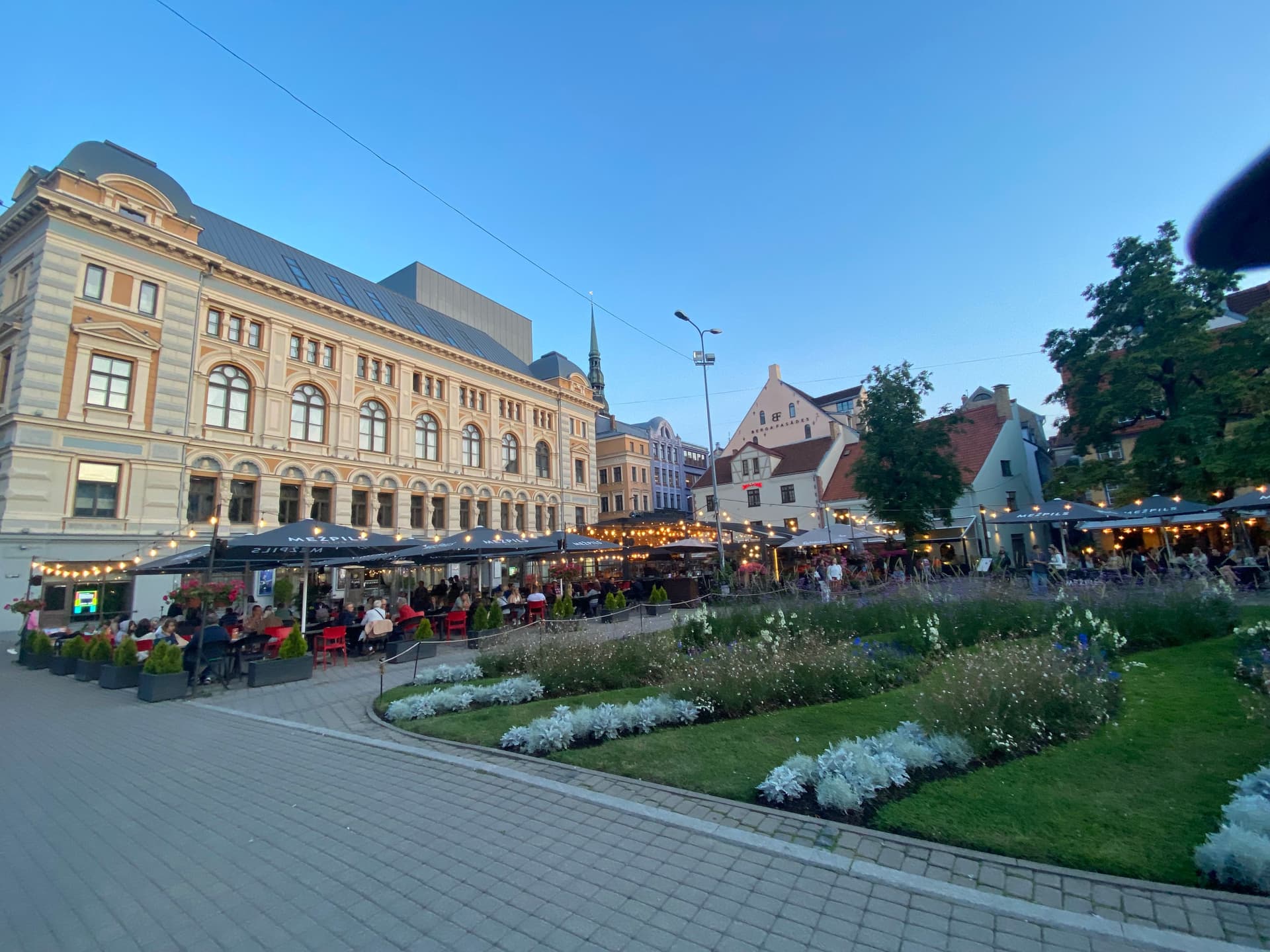
The capital of Latvia and the largest city in the Baltics, Riga is also one of the region’s main hubs of culture and entertainment. From historic landmarks to thriving art spaces, the city has plenty for the curious traveler to explore. Located in the heart of the country, Riga can also serve as a hub for getting to know the rest of Latvia.
One-way car rentals in Riga
The most popular one-way rental options for pick up in Riga and drop off in another city include:
- From Riga to Tallinn - 110 offers from $30.66 per day
- From Riga to Vilnius - 90 offers from $30.66 per day
- From Riga to Amsterdam - 21 offers from $162.12 per day
- From Riga to Warsaw - 79 offers from $63.86 per day
- From Riga to Liepaja - 21 offers from $37.97 per day
Top ways to enter Riga
- Riga Airport: The busiest airport in Riga and the Baltic States, it served 7 million travelers for the first time in its history in 2018. The airport is served by 17 airlines, with most of the flights provided by airBaltic, Ryanair, Wizz Air, and Norwegian Air. The airport hosts flights to and from all regions of Europe as well as the Middle East, North Africa, and Central Asia. Located in Mārupe Municipality, the airport is 11km (7 miles) west of the city center and can be reached in about 20 minutes.
- Liepāja Airport: Serving Latvia’s third-busiest city, it only hosts one flight as of August 2019, a flight between Liepāja and Riga. There are plans for scheduling more international flights in the future.
- Vilnius Airport: The busiest in Lithuania, Vilnius Airport handled nearly 5 million travelers in 2018. Located 300km (186 miles) southeast of Riga, the airport can be reached in about 3 hours and 30 minutes. You’ll have to cross an international border to go from Lithuania to Latvia, so ask your rental car provider in advance if they permit it.
- Tallinn Airport: Also known as Lennart Meri Airport after Estonia’s former president, the airport serving the Estonian capital handled 3 million travelers in 2018. Most of the traffic is provided by airBaltic, Nordica, and SmartLynx Estonia. Located 315km (196 miles) north of Riga, Tallinn Airport can be reached in 3 hours and 40 minutes. Like with Vilnius, make sure that your rental car provider permits you crossing the border.
- By rail: If you arrive in Riga by train, you can conveniently pick up your rental car at Riga Central Station (Rīgas Centrālā dzelzceļa stacija). Riga is connected by rail to Moscow and St. Petersburg in Russia and Minsk in Belarus.
- By bus: If you arrive in Riga by bus, you can pick up your rental car at Riga Central Bus Station (Rīgas autoosta). International bus service, provided by multiple companies, connects Riga to many other European countries like Poland, Germany, France, the Netherlands, and Ukraine.
- By sea: If you arrive in Riga by ferry, you can pick up a rental car at Riga Passenger Terminal (Rīgas pasažieru termināls). There is a daily ferry service connecting Riga to Sweden’s capital Stockholm.
City facts
- Located on the Gulf of Riga (which is part of the Baltic Sea), Riga has a humid continental climate. The average high temperature is 22°C (71°F) in July, the warmest month, and −2 °C (28°F) in January, the coldest. Riga experiences significant snowfall every year. Due to its northern latitude, the city has as many 16-18 hours of daylight during the summer months; on the other hand, it has only 6-7 hours of sunlight per day in winter.
- Riga has a population of around 615,000, making it the largest country in the Baltic states and the fifth-largest city on the Baltic Sea. Another 450,000 people live in its larger metropolitan area. This means that every second resident of Latvia lives in or around Riga, making Latvia one of the most centralized countries in Europe. Riga is made up of six districts that are further divided into 56 neighborhoods.
Top sights and activities
- Art Nouveau. Art Nouveau, or Jugendstil, architecture is one of the defining characteristics of Riga’s city center with more than 800 buildings of this style to be found. Many of them are located in Vecrīga (the Old Town), a UNESCO World Heritage Site, but famous examples can also be found on Alberta and Elizabetes streets, an area that also houses Riga Art Nouveau Museum.
- Former KGB Building. Informally known as the Corner House, for decades the building on the corner of Stabu and Brivibas streets was the most feared place in Riga as it was the headquarters for the local branch of the Soviet State Security Agency. After Latvia regained independence, the building was renovated and now houses a branch of the Occupation Museum of Latvia. Visitors can take a tour through the former interrogation cellars and learn about the organization’s past in Latvia.
- Pārdaugava. Literally meaning ‘over the Daugava river’, the left bank of Riga remains something of an unmapped territory for foreign tourists but offers plenty for a curious visitor to explore. The area houses the new National Library of Latvia, some of the best-preserved wooden architecture in the city, and vast gardens and parks. The neighborhoods of Āgenskalns and Torņakalns are up-and-coming hubs of creativity, culture, and cuisine.
- Latvian National Museum of Art. Located in a beautiful building in the city center near the Old Town, the national museum of art is one of the finest museums in the country. Recently reconstructed, the museum houses thousands of paintings, sculptures, and other artworks made by Latvian masters over the past few centuries. The museum is located right next to the Art Academy of Latvia, which is a functioning institution of higher education, but frequently hosts different exhibitions and events.
- Žanis Lipke Memorial. Located on the island of Ķīpsala on the left bank of the Daugava River, just across from the city center, this memorial is dedicated to Žanis Lipke, a Latvian man who saved more than 50 Jews from the holocaust, as well as to the larger Latvian Jewish community that sadly mostly perished during the war. The memorial is located very near the site of Lipke’s original bunker and shed, so visitors can see the circumstances in which Jewish families had to survive the hiding. Ķīpsala, now one of the richest parts of Riga and known for its wooden architecture, is also worth exploring, as are the Latvian Jewish Museum and the Riga Ghetto and Holocaust Museum, both of which are on the other side of the river.
- Cathedral of the Nativity of Christ, Riga. Located on Brīvības Street, the main thoroughfare of Riga, the Cathedral of the Nativity is one of the most impressive houses of prayer in the capital, and certainly the most notable of the Orthodox denomination. Built in the late 19th century, it was closed during Soviet times and briefly turned into a planetarium before regaining its original function after the restoration of Latvian independence. Modest clothing is expected of both genders of visitors (no shorts!), which is something that is quite strictly enforced. After seeing the ornate interior of the cathedral, you can go for a walk in Esplanāde Park which connects the cathedral to the previously mentioned National Museum of Art.
Traffic and parking
- Latvia drives on the right-hand side of the road.
- Unless indicated otherwise, the general speed limit is 100km/h (61 mph) on certain sections of national highways, 90km/h (56 mph) on all other roads outside urban and built-up areas, and 50km/h (31 mph) inside urban and built-up areas.
- There are some one-way streets in Riga, especially in the city center.
- It is illegal to use a mobile phone while driving.
- The legal alcohol limit is 0.05% for experienced drivers and 0.02% for novice drivers. Exceeding these limits will lead to a licence ban and, at a minimum, a 15 day imprisonment.
- Parking spots in Riga are divided into different zones. Generally, the closer you are to the city center and the old town, the higher the hourly fee. Many spots are not available for public parking. See the Riga parking spot map and learn about the tariffs and payment methods on the city’s official website.
- Although not as much as in Scandinavia, wildlife crossing is a serious road risk in Latvia and cause many accidents every year. It is important to be cautious when driving outside cities, especially on the roads surrounded by forests. Many sections of roads with a heightened danger of wildlife crossings are indicated by special road signs.
- Latvia is a sparsely populated county; while there are plenty of petrol stations around Riga and other cities and large towns, you’ll find much fewer in the rural regions like Northeast Latgale, Northern Vidzeme and Southwest Kurzeme. If you plan to travel in these regions, it’s a good idea to decide on your travel route in advance.
- Proof of insurance and the car’s documentation need to be in it whenever you’re driving.
- When driving, you need to have your passport or ID card with you at all times.
- The general emergency number, like elsewhere in the EU, is 112.
Toll roads
In Latvia, only vehicles that are heavier than 3 tonnes need to purchase a vignette for driving on national and regional roads. All passenger rental cars with five (or less) seats are lighter than that and therefore renters don’t need to purchase a vignette.
If you plan to rent a heavy vehicle that needs a vignette, ask your rental car provider in advance about it. Some rental cars might come equipped with it, and some rental car providers will include an additional fee for this service. Learn more about vignettes in Latvia on the official website (you can switch the language to English on the top-right corner of the web page).
Although technically not a toll road, drivers need to purchase an entry pass for entering the road network of Jūrmala, a resort town about 20km (12 miles) west of Riga. The fee is only in place from the 1st of April until the 30th of September. The pass can be bought either online or at a ticket machine when entering the city. A 1-day pass costs 2 EUR, but you can also purchase a 7-day pass for 10 EUR. All entering cars are subjected to a video control system; not buying the pass will result in a 50 EUR fine. Learn more about the Jūrmala entry pass on the city’s official tourism website.
Ideas for day trips
- Beaches. Although located quite far up north and therefore not usually thought of as a beach destination, Latvia has more than 500 km (310 miles) of mostly sandy, pine tree-lined coastline that is especially nice to explore during the summer months. The most obvious beach trip from Riga is Jūrmala, a busy resort town known for its wooden manors. Less obvious (but also less crowded) destinations include the northern towns of Saulkrasti, Tūja, and Salacgrīva, as well as the western fishing villages that begin to dot the coastline just outside of Jūrmala.
- Ķemeri Bog Trail. Visiting a bog might not be most people’s first idea for a day outdoors, but things are different in Latvia. Bogs are an important part of the Latvian landscape, and visiting wooden trails that crisscross the country’s many wetlands is one of the best ways to get in touch with the country’s nature. In Ķemeri, a former spa town, visitors can safely walk right into the bog, learn about its delicate ecosystem, and watch the many bird species that live there. The area offers especially fascinating views if visited at dusk or dawn. Located 46km (29 miles) west of Riga city center, Ķemeri can be reached in about 45 minutes.
- Gauja National Park. Located in Northern Latvia and named after the Gauja River in whose valley it is located, this national park is both a nature area and a wildlife refuge. It has many hiking trails and viewing points that are separated from the areas inhabited by animals. If you’re lucky, you might get to spot a brown bear, gray wolf, lynx, owl, or grouse on the other side of the fence. Located 57km (35 miles) northeast of Riga, the park can be reached in one hour or less.
- Sigulda. Popular with locals and foreigners alike, Sigulda is a picturesque town an hour’s drive north of the capital. The town is home to the impressive Turaida Castle, the Krimulda Palace, and a number of observation towers that offer beautiful views of the Gauja valley and the surrounding nature. If you’re looking for something more active, you can slide down the Sigulda bobsleigh sled (only in winter time), go bungee jumping (in summer), or visit Aerodium, a vertical wind tunnel.
- Jelgava. Very important historically but practically razed during the Second World War, Jelgava was largely rebuilt in the following decades and therefore somewhat lacks the historical charm of places like Rīga, Cēsis, and Kuldīga. Despite this, the city has plenty of aces up its sleeve, not least the stunning Jelgava Palace, numerous small but interesting local museums, and vast urban green spaces, some of them situated along the shores of the Lielupe River. Situated just 45 km (28 miles) from the center of Riga, Jelgava can be reached by car in under 50 minutes.
Most popular cars
The most popular rental car in Riga is the VW Jetta, although many travelers also go for the Ford Focus and the Toyota Auris. The most popular rental car types are intermediate, compact, and standard.
Further destinations
- Cēsis. Located near Gauja National Park, Cēsis is a picturesque town in the heart of the Vidzeme region. Attractions include the Cēsis Castle Complex, the Old Town, and the Square of Roses. After seeing Cēsis, you can drive to traditional villages around Rauna, Jaunpiebalga, or Vecpiebalga, or explore historic sites like the Āraiši Lake Castle. Located 88km (54 miles) east of Riga, Cēsis can be reached in about 1 hour and 20 minutes.
- Daugavpils. Latvia’s second-largest city, during the last decade Daugavpils has been growing rapidly as a tourist destination. Although the city has no real historic center, there’s still plenty to see, including the impressive Daugavpils Fortress (not only the construction, but the whole neighborhood), the Mark Rothko Museum, the Daugavpils Shot Factory, and the Šmakovka Museum dedicated to the endless varieties of Latgalian moonshine. After visiting Daugavpils, you can explore the rest of Latgale. A historic region heavily influenced by Poles and Russians, it boasts a proud and unique local identity. Located 220km (137 miles) southwest of Riga near the borders with Belarus and Lithuania, Daugavpils can be reached in about 2 hours and 50 minutes.
- Liepāja. The largest city in Western Latvia, Liepāja has its fair share of attractions. Karosta, now a part of Liepāja, is a former secret military town that is known for the Karosta Prison (open four tourists), Karosta Forts, and St. Nikolai Orthodox Cathedral. In the city center, you'll find the Amber Clock and some beautiful Art Nouveau architecture. After visiting Liepāja, you can travel to the Pape Nature Park to the south or even try some Baltic Sea surfing in Pāvilosta to the north. Located 215km (133 miles) southwest of Riga, Liepāja can be reached in about 2 hours and 40 minutes.
- Kuldīga. A picturesque town in Western Latvia, Kuldīga is best-known as a place of unique, well-preserved architecture (and consequently, as one of the most photographed places in Europe). Kuldīga is also home to Europe’s widest waterfall and a nearby underground cave labyrinth. After visiting Kuldīga, travel to the nearby historic region of Alsunga, visit the wineries in Aizpute, or try surfing Baltic Sea surfing in Pāvilosta. Located 148 km (91 mi) from Riga, Kuldīga can be reached in about two hours.
- Latgale. Culturally, and linguistically distinct from the rest of the country, the eastern region of Latgale is yet to be discovered by most foreign visitors, making it a delightful off-the-beaten-path destination. As known for its hospitality and strong Catholic, Orthodox, and Old Believer beliefs as it is for its blue lakes and natural scenery, the region includes the aforementioned city of Latgale, but also such gems as the Bends of Daugava Nature Park, the Basilica of Assumption in the village of Abrene, strong pottery and ceramics traditions that survive to this day, and scenic little towns like Krāslava and Ludza. The drive from Riga to the latter takes about 3 hours and 30 minutes; the region itself can be reached in about an hour less than that.
Car rental prices in Riga
- Premium cars - from $63 per day
- Vans - from $25 per day
- Large cars - from $4 per day
- SUVs - from $7 per day
- Station wagons - from $4 per day
- Small cars - from $3 per day
- Medium cars - from $4 per day
Money-saving and other tips
Follow these simple tips and land a great rental car in the capital of Latvia:
- Compare the rates of different rental car providers
- Book your rental car well in advance
- Plan your route before you go
- Know your fuel and mileage requirements
- Visit during the month when the rental prices are the cheapest. According to our data, visiting Riga is the cheapest in February when renting a car is about 35% cheaper than the yearly average and a whole 62% cheaper than renting a car in August.
Learn more about our Editorial Policy.
Top 2 cities near Riga
- Jurmalafrom $19.73 per day11.9 km / 7.39 miles away
- Liepajafrom $30.63 per day186.6 km / 115.95 miles away
Top 3 locations near Riga
- Riga Bus Stationfrom $13.57 per day8.5 km / 5.28 miles away
- Jurmala Airport (EVJA)45.8 km / 28.46 miles away
Map of top car rental locations
When to book in Riga and for how long?
What is the cheapest month to rent a car in Riga?
Car rental prices in Riga vary by time of year. This graph shows the average prices per month to help you find the best time of year to rent.
Saver's insights
| Cheapest monthJanuary | Most expensive month August | ||
| Average price $14 | A good deal $7 | Cheapest supplier EASYCARS Latvia | Cheapest car type Small cars |
$10
in January
$12
in February
$12
in March
$18
in April
$20
in May
$31
in June
$50
in July
$55
in August
$16
in September
$14
in October
$19
in November
$27
in December
The cheapest month to rent a car in Riga is January (when prices average $9.97 per day). This is 30% cheaper than the yearly average and 82% cheaper than renting in August (when prices average $54.87).
This information can help you identify the low season. But these are only average numbers. How much your car rental will cost will depend on the type of vehicle you rent, how long you’ll rent it for, and how far ahead you book. Simply enter your dates in the form at the top of the page to see the exact prices.
What's the most popular month to rent a car in Riga?
Based on the number of searches by our customers, the most popular month for renting a car in Riga is January, and the least popular is November.
1.4 times in January
Same as average in February
1.4 times in March
1.2 times in April
1.1 times in May
1.4 times in June
0.8 times in July
1.1 times in August
1.3 times in September
0.2 times in October
0.1 times in November
1.1 times in December
What’s the usual rental length in Riga?
How long travelers keep their rental cars for varies from month to month: in January, the average renter keeps their car for 8 days, and in November, they keep their car for 6 days.
8 days in January
8 days in February
8 days in March
8 days in April
8 days in May
8 days in June
8 days in July
8 days in August
8 days in September
7 days in October
6 days in November
8 days in December
Car rental information
| 📍 Car rental locations | 9 |
| ✈️ Airport locations | 1 |
| 🔥 Popular suppliers | GreenMotion, SIXT, EASYCARS Latvia, TOPRENT, Carwiz |
| 🚗 Popular car types | Medium cars, Small cars, SUVs, Large cars |
| 🤑 Lowest price | $3 per day |
| 👛 Cheapest supplier | EASYCARS Latvia |
Most popular car models of rental suppliers
| Rental Supplier | Model | Doors | Luggage | Type |
|---|---|---|---|---|
| GreenMotion | Volkswagen Golf | 5 | 2 | Medium car |
| GreenMotion | Volkswagen Polo | 4 | 2 | Small car |
| SIXT | Toyota Yaris | 5 | 0 | Small car |
| GreenMotion | Fiat 500 | 3 | 1 | Small car |
| SIXT | Hyundai Bayon | 5 | 1 | Medium car |
| RentClub | Volkswagen Polo | 5 | 2 | Small car |
| TOPRENT | Volkswagen Golf | 4 | 2 | Medium car |
| GreenMotion | Volkswagen Up | 5 | 1 | Small car |
| GreenMotion | Toyota C-HR | 4 | 1 | Medium car |
| GreenMotion | Skoda Kamiq | 5 | 2 | Medium car |
Here's what travelers say about renting a car in Riga
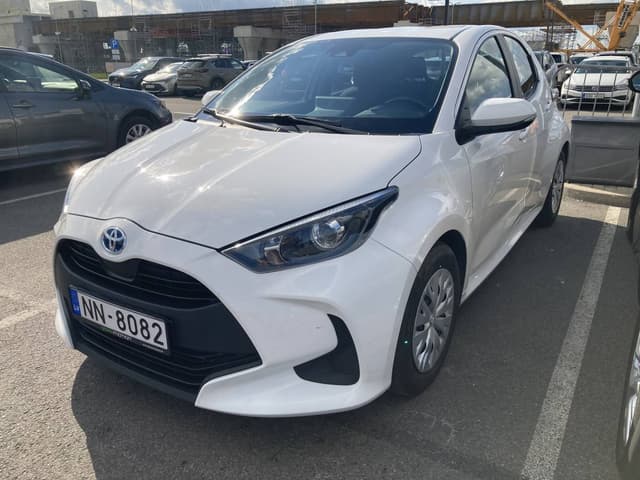
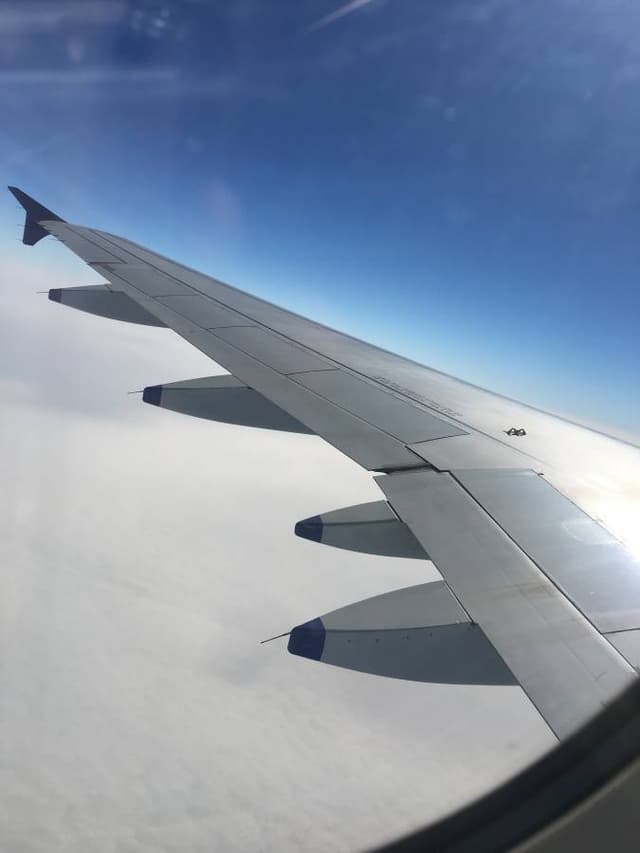
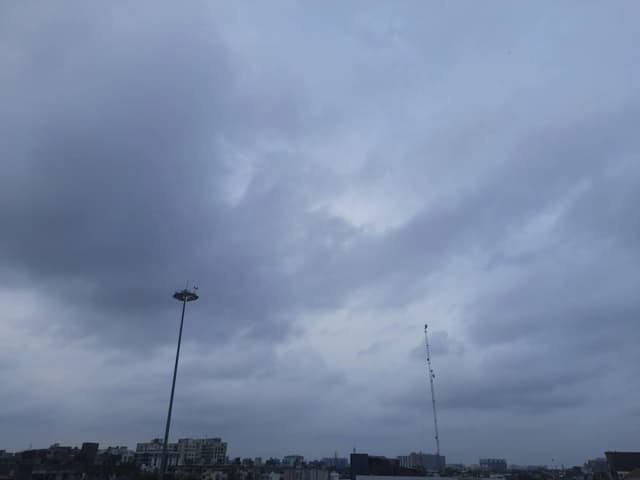

Car rental statistics
Top 25 suppliers in Riga in 2025

























Award-winning service
Highly recommended by our customers
Save even more with our mobile app

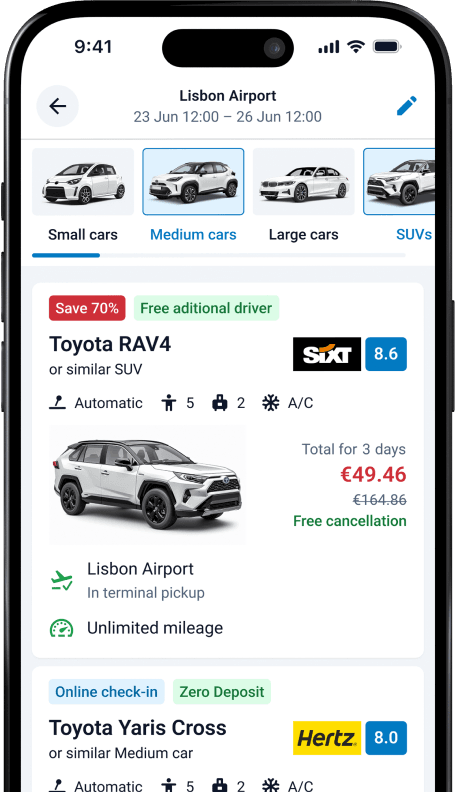

Sign up for our newsletter




